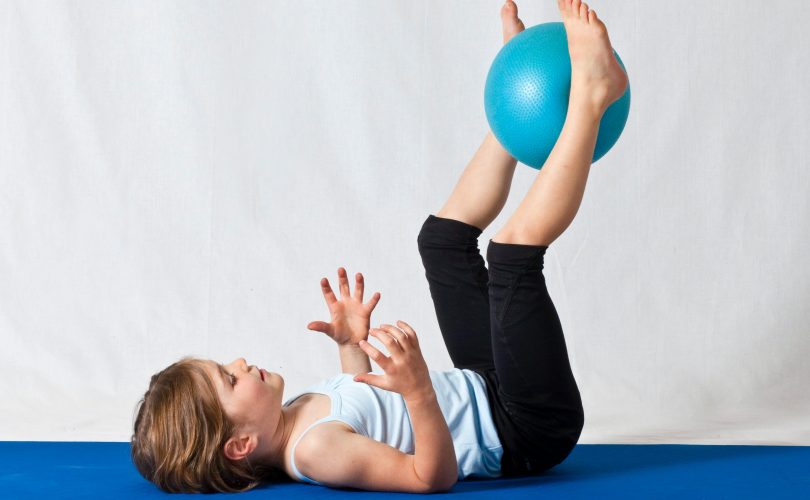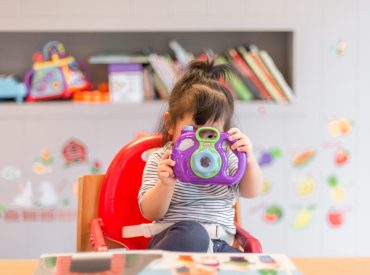The sensory system can be difficult to understand because you cannot see it; it is a part of our nervous system. Sensory integration is the interpretation of all input to our different sensory systems including auditory, touch, oral, proprioception, smell, vestibular and vision. So, first let’s understand the differences between all of our different senses.
Auditory
Auditory processing is the ability to interpret sound that is heard. A child may have normal hearing, but have difficulty with auditory processing. Our auditory system processes and organizes information enabling us to distinguish betwe犀利士 en sounds, to remember what we hear, and to develop language, communication and literacy skills.
Touch
Processing the sense of touch allows us to interpret information via the skin about pressure, vibration, movement, temperature, and pain. The touch system protects our body and enables us to discriminate between threatening and non-threatening stimuli. It affects our development of body awareness, motor planning and emotional security.
Oral
Processing oral sensations allow us to interpret information about touch from the skin inside and around the mouth, and the tongue to process touch and taste. The oral sensory system provides information about texture, flavor, pressure, vibration, movement, temperature, and pain in order to distinguish between harmful and safe substances. It also helps us to develop oral motor control needed for eating, drinking, talking and to develop social skills.
Smell
The sense of smell is connected with our oral sense, but specifically provides information regarding scent or odor. It helps us to distinguish between scents, and to determine a harmful or safe scent, and a pleasing or displeasing scent. Scents can also have the ability to alert or calm our bodies.
Proprioception
Proprioception is the sense that tells us where our body is in space. It is the system that tells us where our hands, feet and limbs are without looking at them. When we perform an action, it provides information to the brain, telling us how to adjust our body. For example, what force is needed to pick something up without crushing it, or at what angle and how hard to throw a ball.
Vestibular
Vestibular Processing is the ability to interpret information relating to head position, movement, direction change and overall balance. The vestibular system is one of the most important senses but is unfamiliar to many people. It detects movement and responds to gravity. It receives information from the neck, eyes and body about how fast or slow we are moving and our balance. The vestibular system allows us to coordinate our body with eye and head movements, develop and maintain normal muscle tone, coordinate both sides of the body together, maintain body postures and adjust levels of alertness.
Vision
Visual processing is the ability to interpret information that is seen, regardless of normal or corrected eyesight. Visual processing detects visual images in terms of contrast, color and movement. The visual processing system allows us to recognize similarities and differences between object forms, sizes and positions, and remember what we see. Visual processing is important to develop hand-eye coordination, visual memory, and literacy skills.
Processing all of the input, and integrating it into function is important to effectively use, protect, and interact your body with the rest of the world. If your child has difficulty interpreting sensory input, you may see it manifest with behavioral challenges, such as modulating their reactions to environmental stimuli.
Is your child a sensory seeker, sensory avoider, sensory sensitive, or low registration?
What do any of these above-mentioned terms mean? Well, a sensory assessment may reveal that your child falls within one or more of these categories. It is important to understand what they mean in order to provide your child with the proper tools for success.
Sensory Avoider
If your child is a sensory avoider, they respond to a lower threshold of sensory stimuli and actively avoid the input. This child usually resists change and develops rigid rituals in an attempt to create a predictable environment with sensory stimulation that can be tolerated. The sensory avoiding child can become easily overwhelmed and withdraw from activities. Examples of this may include not wearing clothing with tags, only eating familiar foods, avoiding climbing or swings on the playground, or avoid participating in hygiene activities like washing hands.
Sensory Seeker
A sensory seeker actively pursues sensory input to stimulate their system. This child seeks higher levels of sensory stimulation than peers. Sensory seekers are very active children, continuously engaged in their environment, fidgety, and excitable. Examples may include playing loud music, running instead of walking from place to place, or even chewing on objects or clothing.
Sensory Sensitive
This is the overly-sensitive child who does not attempt to avoid displeasing sensation. They tend to be distractible and cannot concentrate, and may display hyperactivity. The child may even be totally overwhelmed by the most recent stimulation received, and may cry often, become quiet, or chronically anxious. Examples could include crying when in a loud place, becoming anxious when it comes to showering or haircuts, or may have difficulty concentrating when wearing clothing with tags.
Low Registration
The child who has poor registration requires more input than the average person to register stimuli. This child has “dulled” sens威而鋼 ory registration and does not try to engage in the environment, like a sensory seeker would. The child may have a tendency to be passive to stimulation, appearing lethargic and easily fatigued. Examples may include not responding to their name being called, not choosing to wear a coat in 犀利士 the winter, or over-stuffing his or her mouth with food during mealtime.
It is important to note that none of these categories are considered “good” or “bad” sensory processing. We all have our sensory preferences and coping mechanisms. It is just important to use the proper tools to help us get through everyday life. For example, if you are sensitive to loud music, your tool may be to wear headphones, turn down the music to a volume you can tolerate, or just avoid going to loud events, like a concert. For children with autism and sensory integration challenges, we need to teach them these tools and when to use them.
Given all of this information, what can I do to help my child with sensory integration challenges? Check out our article on building a Sensory Diet to learn more!
Article written by: Ani Bournazian MS, OTR/L
References:






I learned so much from reading this informative, clear and very well-written article. Parents as well as all those who work with and/or regularly interact with children will benefit from the knowledge it imparts.
Like!! Great article post.Really thank you! Really Cool.
This should be the best collection of blogging website i ever found out. Sylvia Ange Kristoforo
Quality posts is the crucial to interest the users to go to see the web site, that’s what this website is providing. Ema Orson Currie